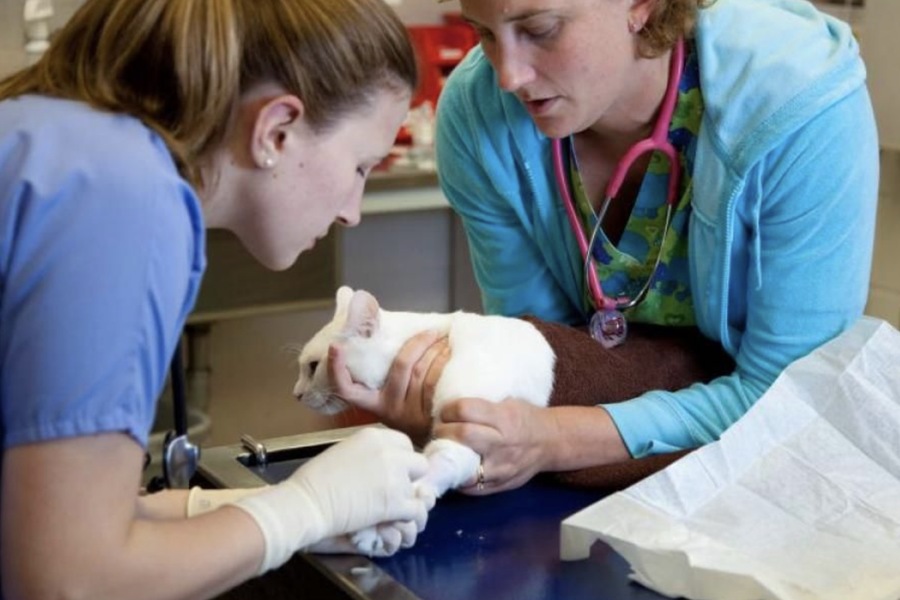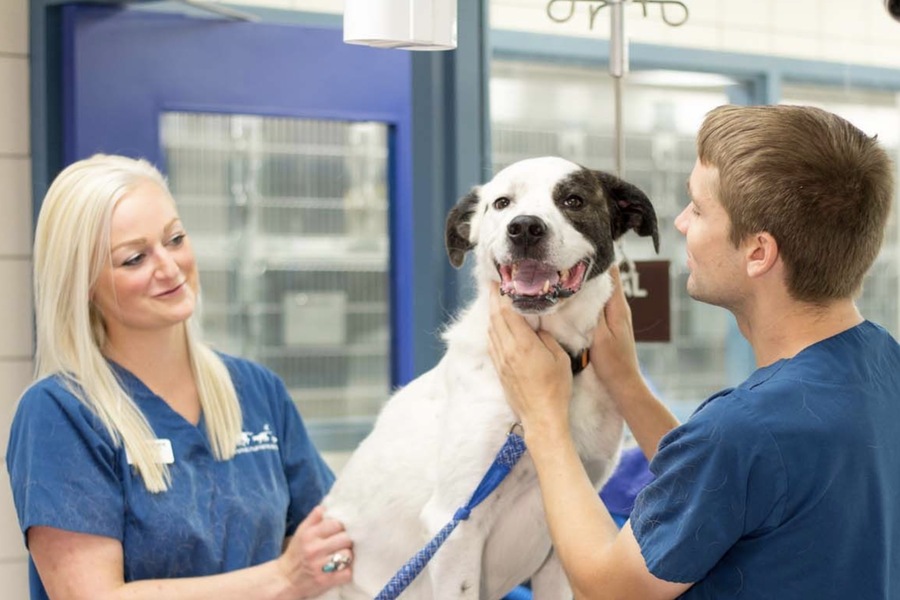Page Content
The Urgency of Emergency Care
Pet emergencies can happen when we least expect them. Whether your pet is involved in an accident, suddenly falls ill, or ingests something toxic, quick and decisive action is crucial. Knowing how to recognize and respond to common emergencies can save your pet’s life. Emergency pet care is designed to handle these situations, providing immediate, life-saving interventions.
Recognizing a Pet Emergency
The first step in handling an emergency is recognizing the signs of something wrong. Some of the most common emergencies include trauma from accidents, difficulty breathing, ingestion of toxins, seizures, or sudden and unexplained weakness. Other critical symptoms can include vomiting or diarrhea that persists for more than 24 hours, swollen or bloated abdomen, and unresponsiveness.
It’s important to understand that pets often hide their pain, so even subtle signs like excessive panting, lethargy, or loss of appetite can indicate a serious problem. Always trust your instincts—if something feels off, it’s better to avoid caution and seek emergency care.
What to Expect at an Emergency Vet Clinic
When you arrive at an emergency veterinary clinic, your pet will undergo triage—a process that prioritizes patients based on the severity of their condition. Pets in the most critical conditions will be seen first, ensuring they receive the immediate care they need. Triage nurses will assess your pet’s vitals and determine whether further diagnostics are required, such as blood work, X-rays, or ultrasounds.
Many emergency clinics have advanced technology to handle critical care, including oxygen therapy, intravenous fluids, and emergency surgeries. Knowing the nearest emergency vet clinic is essential, as these facilities often operate 24/7 to accommodate pets in urgent need.

Common Emergency Procedures and Treatments
Depending on the emergency, your pet may undergo several treatments and procedures. For instance, pets suffering from poisoning may require induced vomiting or the administration of activated charcoal to neutralize toxins. In cases of trauma, such as broken bones or internal injuries, emergency surgery may be necessary. Pets struggling with respiratory issues may receive oxygen therapy to stabilize their condition.
Veterinary staff are trained to handle various emergencies, from life-saving resuscitation to wound care and pain management. The goal is always to stabilize the pet and then determine the appropriate course of recovery treatment.
Preventative Measures to Avoid Emergencies
While some emergencies are unavoidable, there are steps you can take to minimize the risk. Pet-proofing your home is one of the most important preventive measures, especially when keeping harmful substances out of reach. Many household items, such as chocolate, grapes, certain cleaning products, and medications, are toxic to pets. Ensuring that your pet is supervised outdoors can also help prevent accidents, particularly for pets prone to escaping or exploring dangerous areas.
Routine check-ups also play a crucial role in preventing emergencies. For instance, regular heartworm testing and preventative medication can protect your pet from this dangerous disease, which, if left untreated, can cause heart failure and death.

The Growing Role of Tele-Veterinary Services
Telemedicine has become increasingly popular in human healthcare and is now expanding into veterinary medicine. Tele-veterinary services allow you to consult with a veterinarian over the phone or via video chat to assess your pet’s condition. While this won’t replace an in-person visit for serious emergencies, it can help determine if your pet’s symptoms warrant immediate care.
Some clinics even offer 24-hour tele-veterinary services, providing peace of mind when unsure if your pet needs to be seen immediately. This is especially useful for minor emergencies or post-treatment follow-ups that don’t require a physical visit.
Conclusion: Be Prepared, Act Fast
No pet owner wants to experience an emergency but knowing how to handle one can make all the difference. Recognizing the signs of a crisis, being prepared with knowledge of nearby emergency clinics, and understanding the importance of rapid response are all crucial steps in ensuring your pet’s safety. By staying vigilant and acting quickly, you can help protect your pet in the event of an emergency, ensuring they receive the care they need when they need it most.


